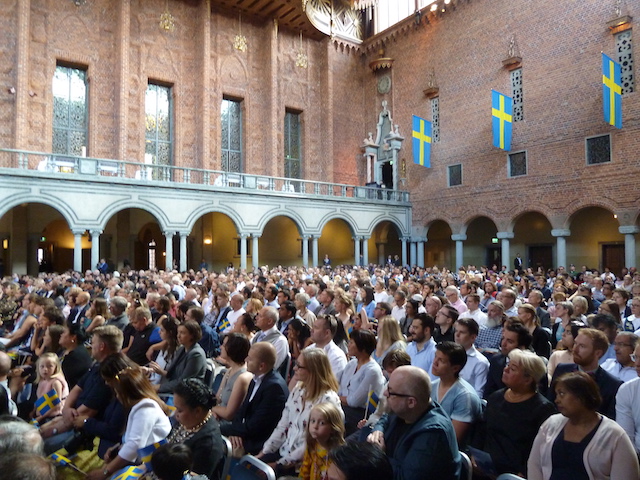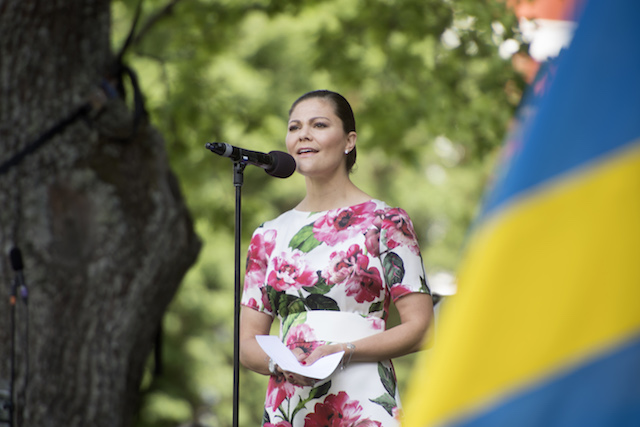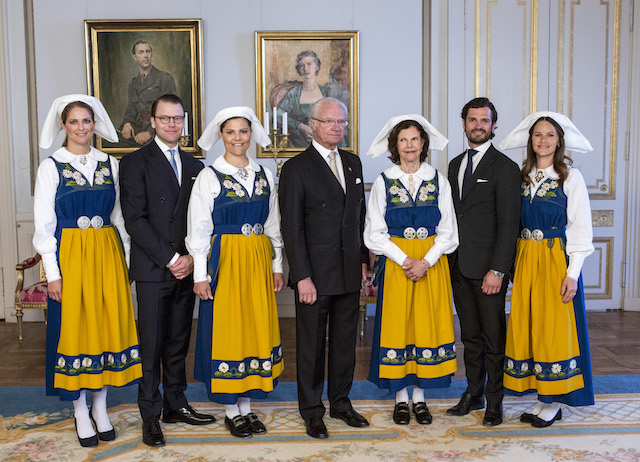
Citizenship ceremony in Stockholm City Hall. Photo: Lars Pedersen/TT

New Swedish citizen: Tiffany Orvet. Photo: Lars Pedersen/TT

Crown Princess Victoria at Görväln Castle. Photo: Henrik Montgomery/TT

King Carl Gustaf with glass designer Bertil Vallien. Photo: Mikael Fritzon/TT


The Mosquito Beach Party. Photo: Maja Suslin/TT



 Please whitelist us to continue reading.
Please whitelist us to continue reading.